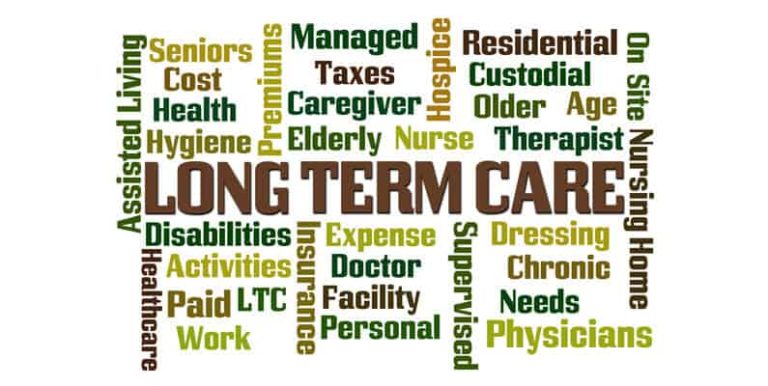]”But how will we pay for it?”
Over many years of serving families, we’ve researched a number of different ways to pay for long-term care. In order to help answer this important question, this blog series is meant to guide families and friends in various ways to pay for community-based and skilled nursing home care. In our last post, we looked at reverse mortgages as the second option for paying for long-term care. This week, we’re considering the Home Equity Line of Credit (HELOC) as the third way to pay for long-term care.
What is a HELOC?
A HELOC is a Home Equity Line of Credit. In short, it is an immediate loan against equity in a property, providing quick access to cash through a “line” of equity credit. Much like a mortgage, a HELOC requires a re-payment schedule, and is available from most banks and credit unions.
What are Some Advantages to Utilizing a Home Equity Line of Credit?
In contrast to our second way to pay, the reverse mortgage, which we outlined in our last post, a HELOC is ideal for seniors who desire to transfer their property to heirs after they pass away. A HELOC can allow seniors to stay in their home longer, and more comfortably, by providing cash for property upgrades that might be needed, such as creating a shower stall for a wheelchair, introducing bars and grips, and other senior-friendly improvements. One advantage of the HELOC is that when improvements are made, the home value typically increases.
What are the Drawbacks of Utilizing a HELOC?
The drawbacks of using a HELOC to pay for community-based and skilled nursing home care include taking on more debt in a time when most seniors live on a strict fixed income. Likewise, while improvements to a home typically increases the value, in a volatile housing market, that may not be the case. Any time individuals take on more debt, even against the value of the home, it is a risk. Nevertheless, for some seniors, the advantages of the HELOC outweigh the risk, particularly if it means a higher quality of life in their golden years.
In our next post, we’ll explore a fourth option for paying for long-term care and consider the pros and cons of that particular way to pay. Don’t miss it.
Need help paying for skilled nursing or at-home care? Download our entire “11 Ways To Pay for Long-Term Care” booklet, and share it with your entire family.
View More from the 11 Ways to Pay for Long-Term Care Series:
11 Ways to Pay for Long-Term Care: #11 Medicaid Planning
11 Ways to Pay for Long-Term Care: #10 Charitable Remainder & Medicaid Disability Trust
11 Ways to Pay for Long-Term Care: #9 Viatical or Life Settlement
11 Ways to Pay for Long-Term Care: #8 Leveraging the Cash Value of Life Insurance
11 Ways to Pay for Long-Term Care: #7 Family Friends & Service Clubs
11 Ways to Pay for Long-Term Care: #6 Children of the Parents
11 Ways to Pay for Long-Term Care: #5 Tax Deductions
11 Ways to Pay for Long-Term Care: #4 Jumbo Reverse Mortgage
11 Ways to Pay for Long-Term Care: #3 HELOC
11 Ways to Pay for Long-Term Care: #2 Reverse Mortgage
11 Ways to Pay for Long-Term Care: #1 Long-Term Care Insurance




